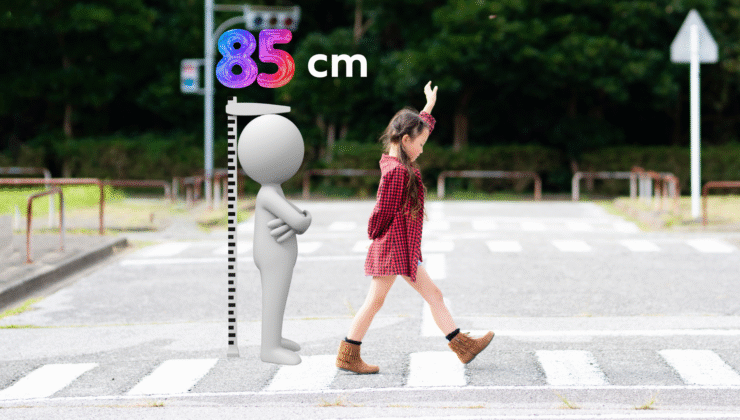Overview of the European Transport and Environment Findings
Based in Europe, the Transport and Environment Federation (T&E) has conducted extensive research highlighting a critical safety concern: the increasing height of vehicle bonnets significantly impairs drivers’ visibility and escalates the risk of pedestrian fatalities. The study emphasizes that SUVs and pickup trucks, characterized by their elevated bonnets, are responsible for more severe outcomes in accidents involving pedestrians.
Data indicates that the average bonnet height of newly sold vehicles in Europe has risen from 77 cm in 2010 to an alarming 83.8 cm in 2024. This trend is troubling, considering the profound implications for urban safety and pedestrian protection.
Impact on Pedestrian Vulnerability and Accident Severity
The research reveals that high bonnet vehicles tend to strike pedestrians at torso level, where vital organs are located. Such impacts often result in fatalities or serious injuries. Additionally, these vehicles tend to throw pedestrians to the ground and pass over them, increasing their risk of severe harm. Conversely, vehicles with lower bonnets generally hit pedestrians at leg level, which often results in pedestrians being thrown forward, potentially increasing their chances of survival.
Driver Visibility and Safety Risks
One of the most pressing concerns associated with high bonnet vehicles is their significant restriction of the driver’s field of view. This limited visibility is especially problematic when drivers are maneuvering in complex urban environments such as parking lots or underground garages, where children and other pedestrians may be directly in front of the vehicle but remain obscured. At intersections, this restricted view heightens the risk of accidents involving vulnerable road users. The narrowed field of vision not only endangers children but also poses dangers to all road users.
Statistical Evidence from Belgium
The data from Belgium underscores the gravity of this issue. Research indicates that a mere 10 cm increase in bonnet height corresponds to a 27% rise in the risk of pedestrian death. Specifically, when vehicle bonnet height climbs from 80 cm to 90 cm, the likelihood of fatal outcomes for vulnerable road users increases dramatically. Furthermore, collisions involving high bonnet SUVs or pickups can lead to injuries in other vehicles’ passengers that are 20% to 50% more severe than those caused by lower-profile vehicles.
Blind Spots and Child Visibility Challenges
The European organization T&E conducted practical tests demonstrating how high bonnet vehicles create dangerous blind spots. In these assessments, an average-height driver was unable to see a 9-year-old child standing directly in front of them while seated inside a high bonnet pickup. Similarly, a driver operating an SUV could not see children up to approximately 4.5 years old. These visibility gaps make it dangerously easy for children and other pedestrians to go unnoticed, especially in urban settings.
Proposed Regulatory Measures
To address these safety concerns, T&E advocates for a regulatory limit on bonnet height. They propose that, starting from the year 2035, the maximum permissible bonnet height for new vehicles should be restricted to 85 cm. This measure, supported by comprehensive research, aims to significantly improve urban safety, reduce pedestrian fatalities, and foster safer interactions between vehicles and pedestrians.
This article has been created, translated, and reviewed with the assistance of artificial intelligence by an editor or author. For additional information, please refer to our Terms and Conditions. Vezir Agency
 02:00
02:00




 News
News
 Dini Meseleler
Dini Meseleler
 Dini Meseleler
Dini Meseleler
 Eğitim
Eğitim
 Genel
Genel
 Genel
Genel
 Genel
Genel




